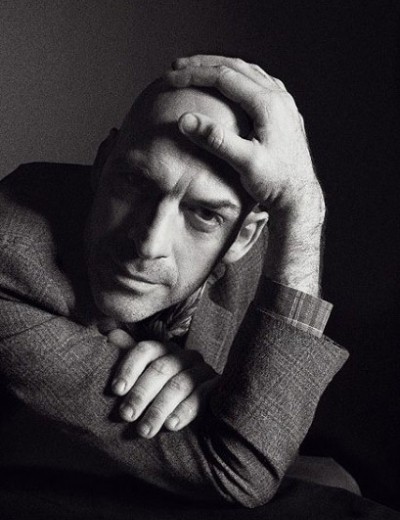
Antonio Marras
About
Antonio Marras was born in Alghero on the 21st of January, 1961.
He first steps into fashion in 1987. There is no official school behind him but an irrepressible need to express himself and a bit of good luck. Having grown up amongst the fabrics and remnants of his father’s shop, Antonio develops a passion and a sensibility towards textiles which persuade an entrepreneur from Rome to entrust him with the creation of a ready-to-wear collection.
He made his proper début in haute couture in July 1996. It is the first of a series of trips through tradition, an individual and proud re-examination of collective memories: women emigrating in Argentina, women in the coal mines or creatures emerging from an evocative medieval era. The collections are clearly narrative, in which stylistic research is laden with symbolic meaning, and where a taste for contrast plays an important role: burns on fine fabrics, fringed gauze and sumptuous embroidery, visible hems and brocades.
The Look
Antonio Marras first collection featured all of the themes in his research: deconstructed shapes, ornaments as a symbolic element, the allure of travel and encountering other cultures, a yearning from nostalgia and times gone by, and the use of vintage fabrics and garments as a means to revive the past. These themes were fully developed in the “Laboratory”, the true secret room of creativity. No longer pret-a-porter and not quite couture, this line produced in a limited series featured clothes that were never the same because they were made from fabric remnants that were not produced in series, with unique one-of-a-kind layering, with altered shapes and proportions, and with “mistreated” fabric (torn, bumed, painted, matted, stained, encrusted with salt or silicon) or textiles embellished with flamboyant decorations. The same creative fervor emerging in the Laboratory compelled Antonio Marras to turn the fashion shows itself into a moment of experimentation, a stage for surprising and unexpected events, in which the clothes interacted with an extremely evocative setting. From the catwalks his vision shifted to explore the unstable territory between fashion and art, creating installations and performances alone and in cooperation with oter artists.